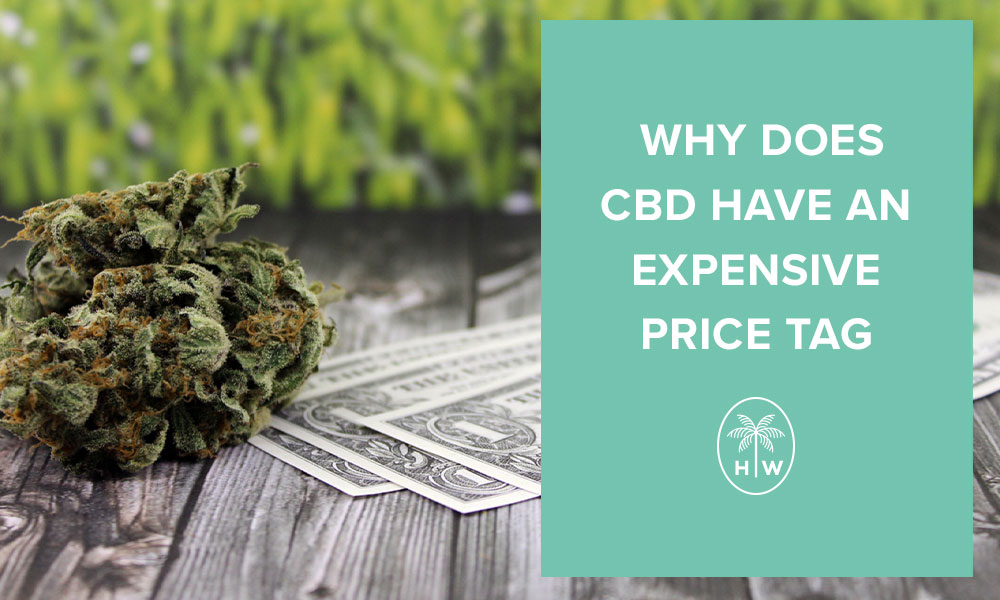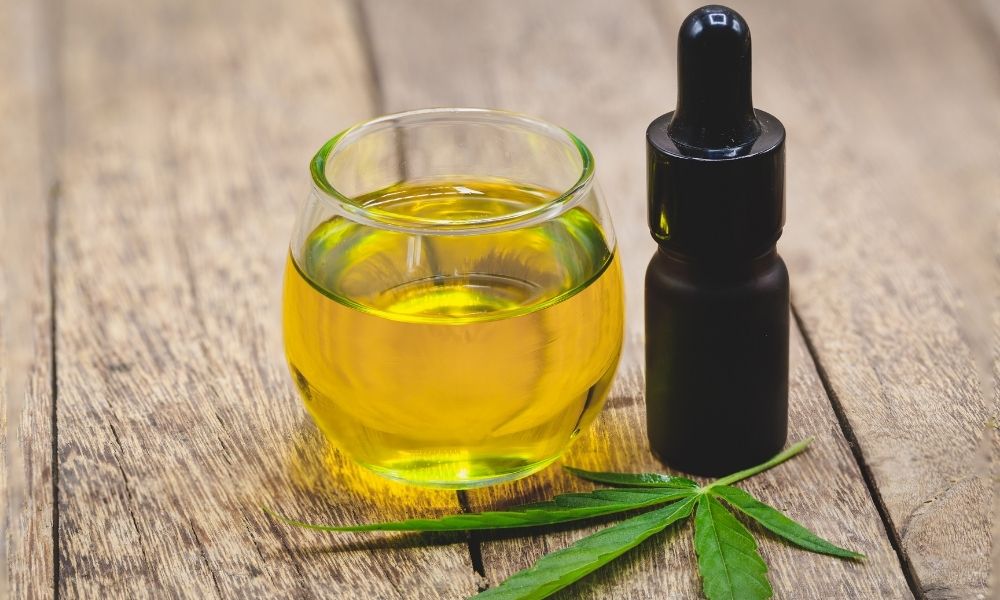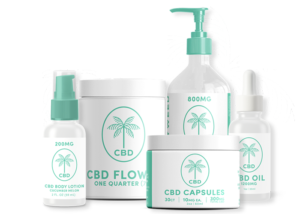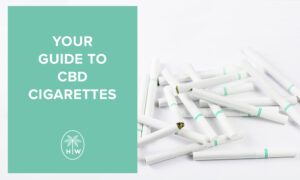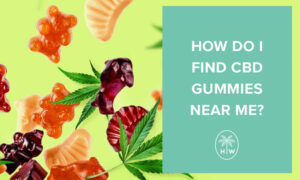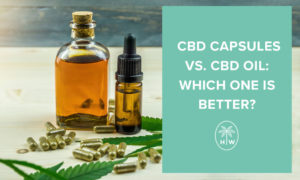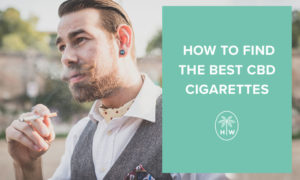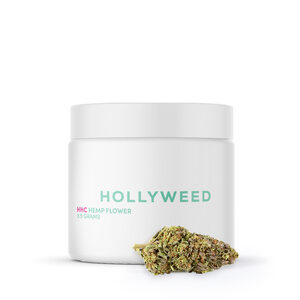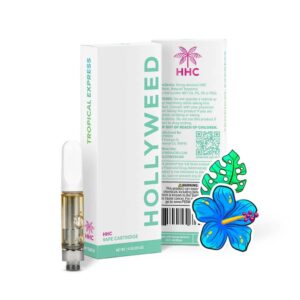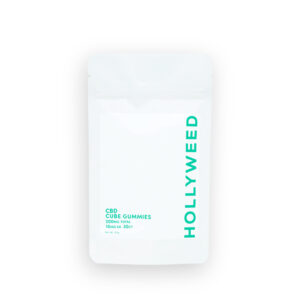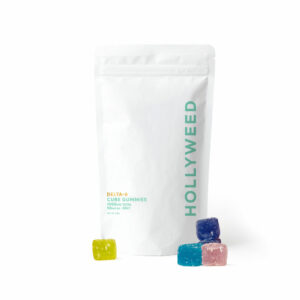It’s been said that the best things come in small packages, and that’s definitely true about CBD. However, those gifts are often the “best” because of their monetary worth, which is also true about CBD. It may come in small forms like a bottle of oil or a gummy, but its price leaves many people astonished. But why is CBD so expensive?
The price of CBD is affected by many factors, starting with the cost of running a licensed hemp growing operation. From there, transport, lab testing, and manufacturing all play a huge role in the cost of CBD. In this article, we’ll break down everything that adds up to the hefty cost of quality CBD products. Let’s see, why is CBD so expensive?
Table of Contents
Where Does CBD Come From?
CBD (cannabidiol) is a non-psychoactive phytocannabinoid (also referred to as “cannabinoid”)- a natural chemical compound produced by the two variations of Cannabis Sativa. The two variations are hemp and marijuana, the latter of which is famous for its ability to produce psychoactive effects.
Marijuana produces psychoactive effects because of its high THC (tetrahydrocannabinol) content. THC and CBD are often conflated, leading people to believe that CBD can also get you high. This is false. While marijuana does contain a small amount of CBD, its THC content is much, much higher
Hemp, on the other hand, produces rich levels of CBD and very little THC. The 2018 Farm Bill dictates that Cannabis Sativa plants containing 0.3% or less THC are hemp and are federally legal. Cannabis Sativa plants containing more than 0.3% THC are marijuana, which is illegal on the federal level.
So, as you may have guessed, pretty much all commercial CBD is extracted from legal hemp flower. The 0.3% or less THC is also extracted in the process, and it’s left in certain CBD products to encourage the entourage effect, which we’ll discuss later on. However, 0.3% or less THC cannot make you feel high.
If you live in a state where marijuana has been legalized, you may come across marijuana-derived CBD products containing more than 0.3% THC. If you’d like to avoid THC, look for hemp-derived CBD products that contain 0% THC. For the rest of this article, we’ll be focusing on hemp and CBD.
Related: Is CBD Flower Legal? The Essential Guide on the Legalities of Hemp
How Long Does It take for Hemp to Grow?
The growth cycle for hemp can vary depending on whether it’s grown indoors or outdoors. Outdoor-grown hemp tends to take a little bit longer because the farmers are battling environmental factors. Indoor growing offers the benefit of tailoring the environment to the hemp’s specific needs.
Outdoor-grown hemp flower typically takes three to four months to fully mature and be ready for harvest. Indoor-grown hemp flower, on the other hand, typically takes two to three months to reach maturity. It all narrows down to the dedication of the hemp farmers and the factors they work with.
How Much CBD Does Each Plant Yield?
Each hemp strain contains different amounts of CBD, typically ranging from 5% to 20%. In general, a healthy hemp plant will produce about one pound of usable hemp flower material. So, if you harvested one pound of hemp flower that contained 15% CBD, that plant’s yield would be ≈ 68 grams of CBD.
CBD companies most often mark their products with milligram (mg) measurements. 68 grams of CBD is 68000 mg. To put that into perspective, the general CBD dosage recommendation is 0.25 to 0.5 mg of CBD per each pound of an adult’s body weight. Basically, one plant can produce A LOT of CBD.
How Do They Make CBD?
There are a few ways to extract CBD from hemp flower, although not all of them are clean and efficient. Solvent extraction is relatively inexpensive, but it can tarnish and contaminate the CBD. The cleanest extraction method is carbon dioxide (CO2) extraction, which can be fairly expensive.
Solvent Extraction
Companies that use solvent extraction will boast about their lower prices, but we urge you to be cautious in buying these products. The common solvents used to extract CBD from hemp are propone, acetone, and butane. The plant material is submerged in one of these solvents to separate the CBD.
Once the phytocannabinoids and the plant material have been separated, the plant material is removed from the mixture. Then, the solvent is heated and evaporates, leaving behind the CBD. However, these solvents often leave a chemical residue in the CBD, which can make its way into your CBD products.
CO2 Extraction
CO2 extraction offers a much cleaner and safer method, but it is much more expensive. This method entails flushing liquid CO2 through a chamber containing the hemp flower material. The CO2 eventually naturally evaporates, leaving behind separated CBD and plant material.
Co2 extraction doesn’t leave behind harsh chemicals, and the entire process is much safer than solvent extraction. However, the equipment and operational costs rack up quickly, playing a large role in the price of the final product: high-quality, clean CBD. We use CO2 extraction here at Hollyweed.
How Do They Make Expensive CBD Products?
We haven’t yet mentioned that in addition to CBD and 0.3% or less THC, most hemp strains also contain micro-levels of over 100 other non-psychoactive cannabinoids. Their levels can vary, but they typically fall under 1% in most hemp strains. Sometimes, they’re barely detectable at all.
Hemp also contains compounds called flavonoids and terpenes. Flavonoids primarily affect the pigmentation of hemp flower, and terpenes bring unique aromas, flavors, and properties to each strain. Flavonoids, terpenes, and cannabinoids can all be extracted/isolated using CO2 extraction.
That gives CBD manufacturers a choice of what sort of pure CBD oil they’d like to create. Three types of CBD oil can be made: full spectrum CBD, which contains 0.3% or less THC, broad spectrum CBD, which contains no THC, and isolate CBD, which is the purest form of CBD.
Full Spectrum CBD Oil
Full spectrum CBD oil contains all the cannabinoids, terpenes, and flavonoids found in hemp plants in addition to 0.3% or less THC. This is to encourage the entourage effect – a synergistic occurrence in which all the compounds from hemp work together to create a heightened consumer experience.
The entourage effect is not a “high.” Rather, it’s an exceedingly soothing, calming experience. It truly utilizes all of the hemp plant’s therapeutic properties to relieve worries, body aches, and tension. You do not need THC to produce the entourage effect, but its presence yields the most relaxing effects.
Broad Spectrum CBD
For those who avoid THC altogether but want to experience an entourage effect, broad spectrum CBD products are the answer. Broad spectrum CBD oil has had all of the THC removed, while the other cannabinoids, terpenes, and flavonoids remain. It also provides pleasant, soothing effects.
Isolate CBD
Isolate CBD has had all other compounds besides CBD removed. It’s the best way to experience the effects of pure CBD without the presence of other compounds. Since isolate is only CBD, it doesn’t produce an entourage effect. However, it is still incredibly relaxing and therapeutic.
Then, there’s one more step to creating high-quality CBD oil. It’s generally made by combining one of the above three types of CBD oil with some type of carrier oil to balance the potency (amount of CBD per batch/bottle). We use organic hemp seed oil to make our CBD oil because of its health benefits.
Once you have your CBD oils, you can either market them as is or use them to make other various CBD products. CBD gummies, CBD lotions, and CBD salves are generally made using CBD oil. Manufacturers will simply add a certain amount of CBD oil into the recipe and voila! They’ve got a CBD product.
Last but not least, responsible CBD companies send their CBD products for third-party lab testing. This ensures the exact levels of every compound in each product. This also screens for pesticides and other chemicals. The results are then posted in a certificate of analysis (COA) on the company’s website.
What Do You Need To Sell Expensive CBD?
In order to sell CBD, there’s a long list of things you need to do first. You’ll need to pay for a manufacturer’s license, a business license, and a seller’s license, for starters – all of which need to be renewed on a regular basis. The laws surrounding hemp are constantly changing, state by state.
You’ll also need to purchase manufacturing equipment, which comes at a high cost both upfront and in the long term. As we mentioned, the cleanest and safest extraction method (CO2) is also the most expensive. Another upfront and possibly continuous cost is paying for a space to grow your hemp.
In addition to all of that, you need to buy hemp seeds/plants, growing equipment, pay electric and water bills, hire and pay employees, and more. The costs add up rather quickly. However, the CBD industry is expected to reach $20 billion in revenue by 2024. Clearly, the upfront costs have been worth it for plenty of people.
Final Thoughts – Why Is CBD So Expensive?
Why is CBD so expensive? All the specific details that go into making it. From the growing regulations to the manufacturing to the lab testing, CBD is an expensive business to be in. It’s all worth it, though, to make something that has helped and can continue to help so many people. This is the reason why is CBD so expensive.
